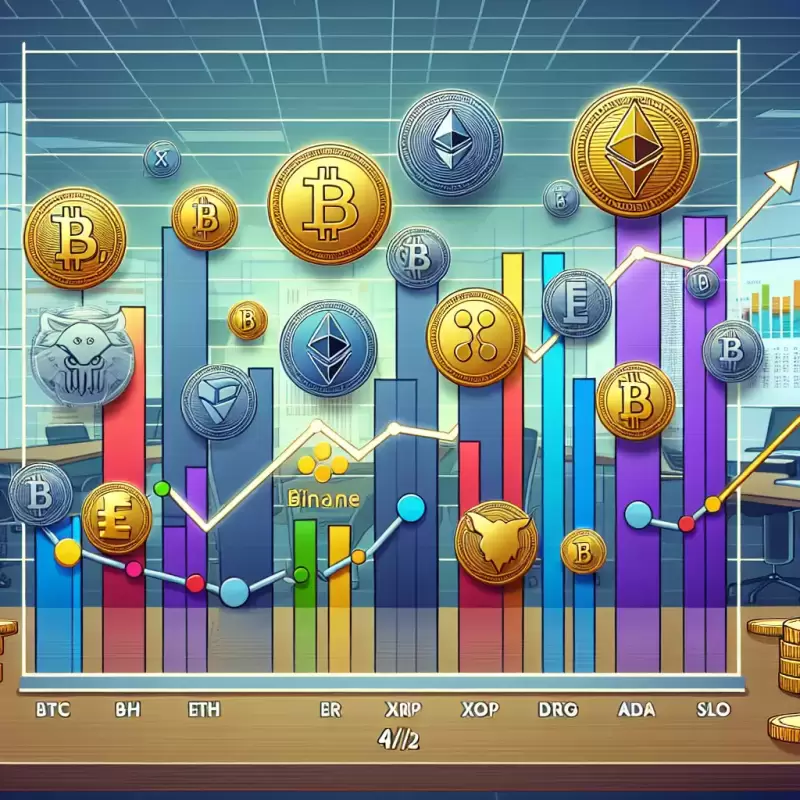 |
|
 |
|
 |
|
 |
|
 |
|
 |
|
 |
|
 |
|
 |
|
 |
|
 |
|
 |
|
 |
|
 |
|
 |
|
Cryptocurrency News Articles
American Nickels: A Legacy of Value and Rarity
Mar 25, 2024 at 10:05 pm
The nickel has a rich history in the United States, with its first appearance in 1794 as a "half-dime" made from gold, silver, or copper. The modern nickel, introduced in 1866, has undergone several design changes, from the "Shield nickel" to the current "Jefferson nickel." Older nickels, particularly those minted before World War I, can hold significant value, with the most valuable being the rare 1913 Liberty Head Nickel, estimated to be worth over $3 million.

The History and Value of American Nickels
The American nickel, a ubiquitous coin in circulation today, traces its lineage back to the late 18th century. The first five-cent piece, known as the "half-dime," debuted in 1794. However, these early coins were not composed of nickel but rather gold, silver, or copper.
The modern nickel, as we know it, was introduced in 1866. Known as the "Shield nickel," it was produced until 1883. Subsequent nickel designs included the Liberty Head nickel (1883-1913), the Buffalo or Indian Head nickel (1913-1938), and the Jefferson nickel (1938-present).
Rare and Valuable Nickels
The most valuable nickels are generally found among older pre-World War I mintages. However, certain wartime nickels (1942-45) also command high prices due to their increased silver and manganese content, which was a wartime conservation measure. Additionally, error nickels, such as "overdates" where the year is stamped over an older year, can fetch significant sums.
The Legendary 1913 Liberty Head Nickel
The most coveted nickel by far is the 1913 Liberty Head Nickel, which American Bullion describes as one of the "most legendary and mysterious" coins in American history. It is rumored to have been produced illegally during the transition from Liberty Head to Buffalo nickels. Only five 1913 Liberty Head nickels are known to exist, and they were never officially released. Their estimated value today exceeds $3 million.
Other Valuable Nickels
While the 1913 Liberty Head Nickel is an exceptionally rare find, there are other valuable nickels in circulation, albeit with significantly lower values. American Bullion provides estimates for the following nine coins:
- 1926-S Buffalo Nickel: $4,200
- 1916 Double Die Buffalo Nickel: $3,800
- 1918/17-D Buffalo Nickel (overdated): $3,500
- 1879 Shield Nickel: $2,400
- 1937-D 3-Legged Buffalo Nickel: $2,000
- 1880 Shield Nickel: $2,000
- 1942-P Jefferson Nickel: $800
- 1950-D Jefferson Nickel: $600-$800
- 1939 "Doubled Monticello": $500
It is important to note that these values apply to coins in excellent condition. Worn or damaged coins will typically command lower prices.
Disclaimer:info@kdj.com
The information provided is not trading advice. kdj.com does not assume any responsibility for any investments made based on the information provided in this article. Cryptocurrencies are highly volatile and it is highly recommended that you invest with caution after thorough research!
If you believe that the content used on this website infringes your copyright, please contact us immediately (info@kdj.com) and we will delete it promptly.
-

-

- “Silver will slingshot to all-time new highs”—Rich Dad Poor Dad author Robert Kiyosaki says silver is currently more valuable than gold or bitcoin.
- Apr 03, 2025 at 11:45 am
- Robert Kiyosaki, author of the best-selling book Rich Dad Poor Dad, has weighed in with a strong endorsement for silver, calling it the hottest investment of today.
-

-

- XRP Price Prediction: Will the Current Trading Environment for XRP Reflect Consolidation Within a Cautious Downtrend?
- Apr 03, 2025 at 11:40 am
- The current trading environment for XRP reflects consolidation within a cautious downtrend, with prices anchored at $2.12 to $2.135 amid a 24-hour trading range of $2.07 to $2.19
-

-

-

-

-






























































